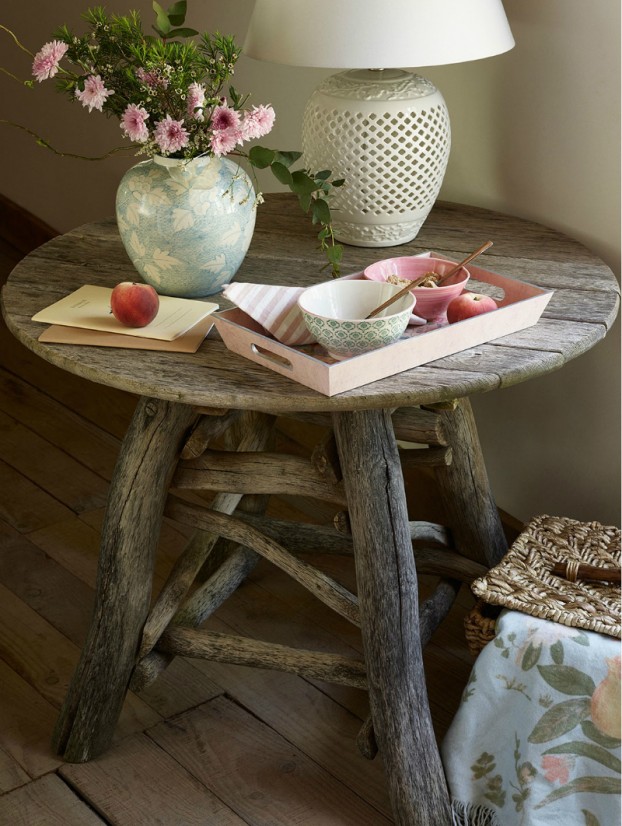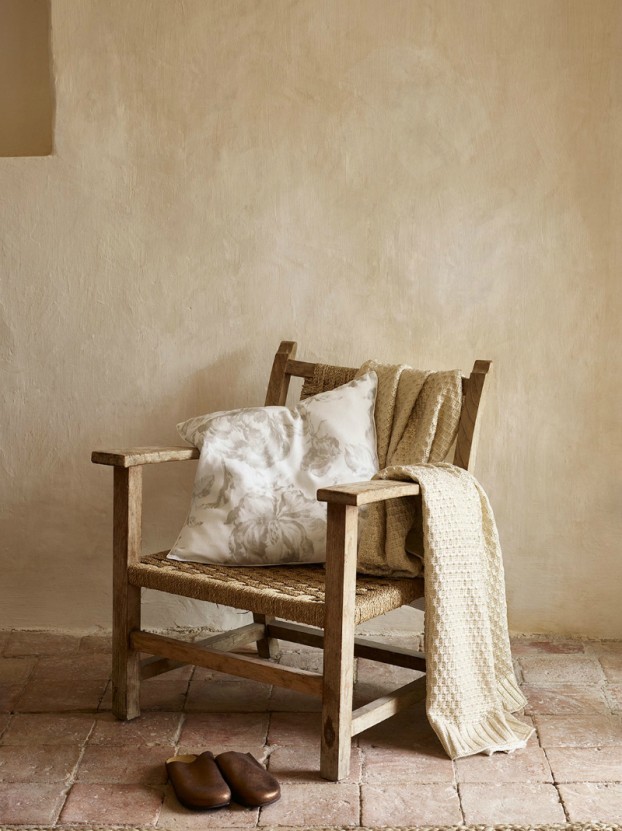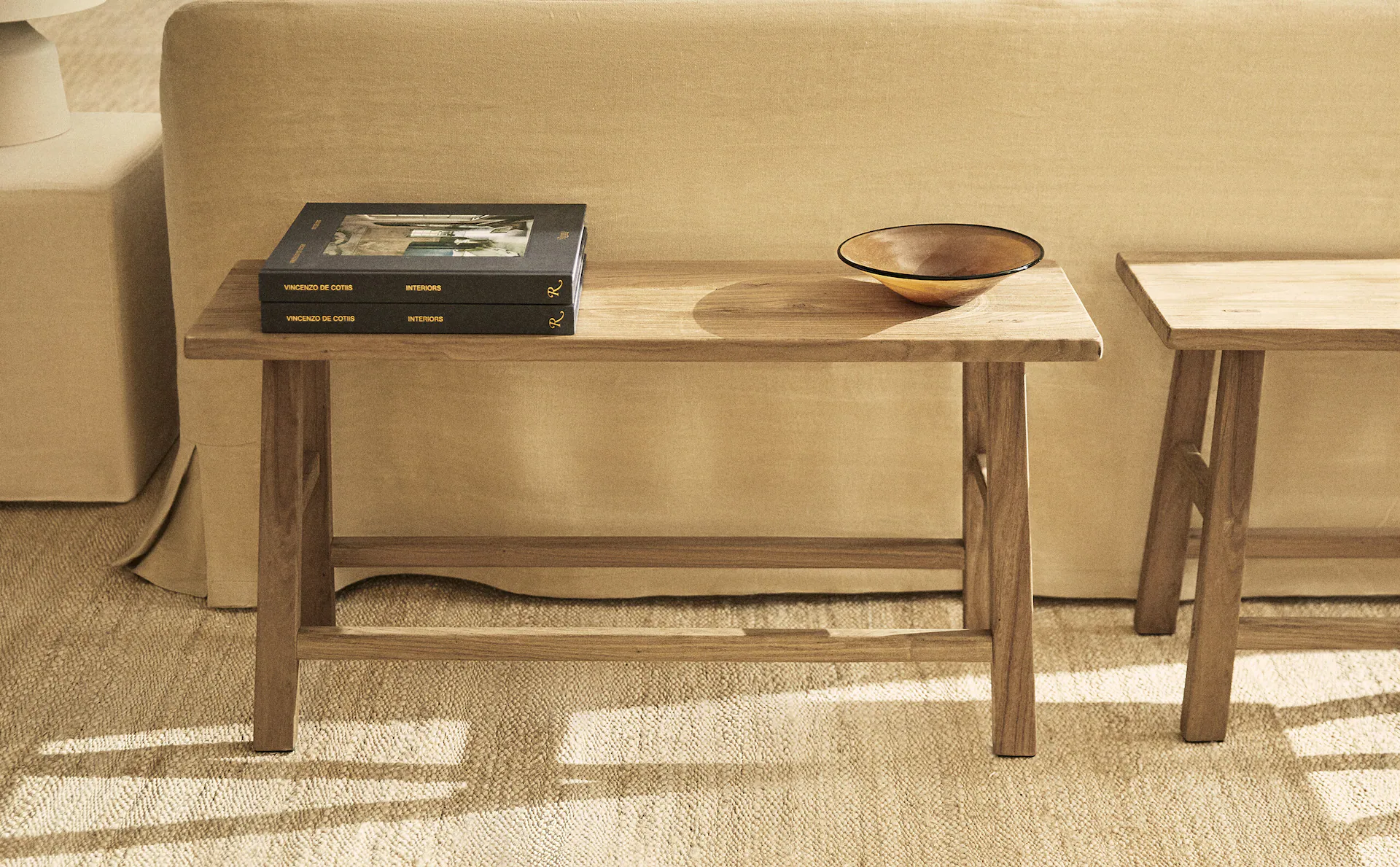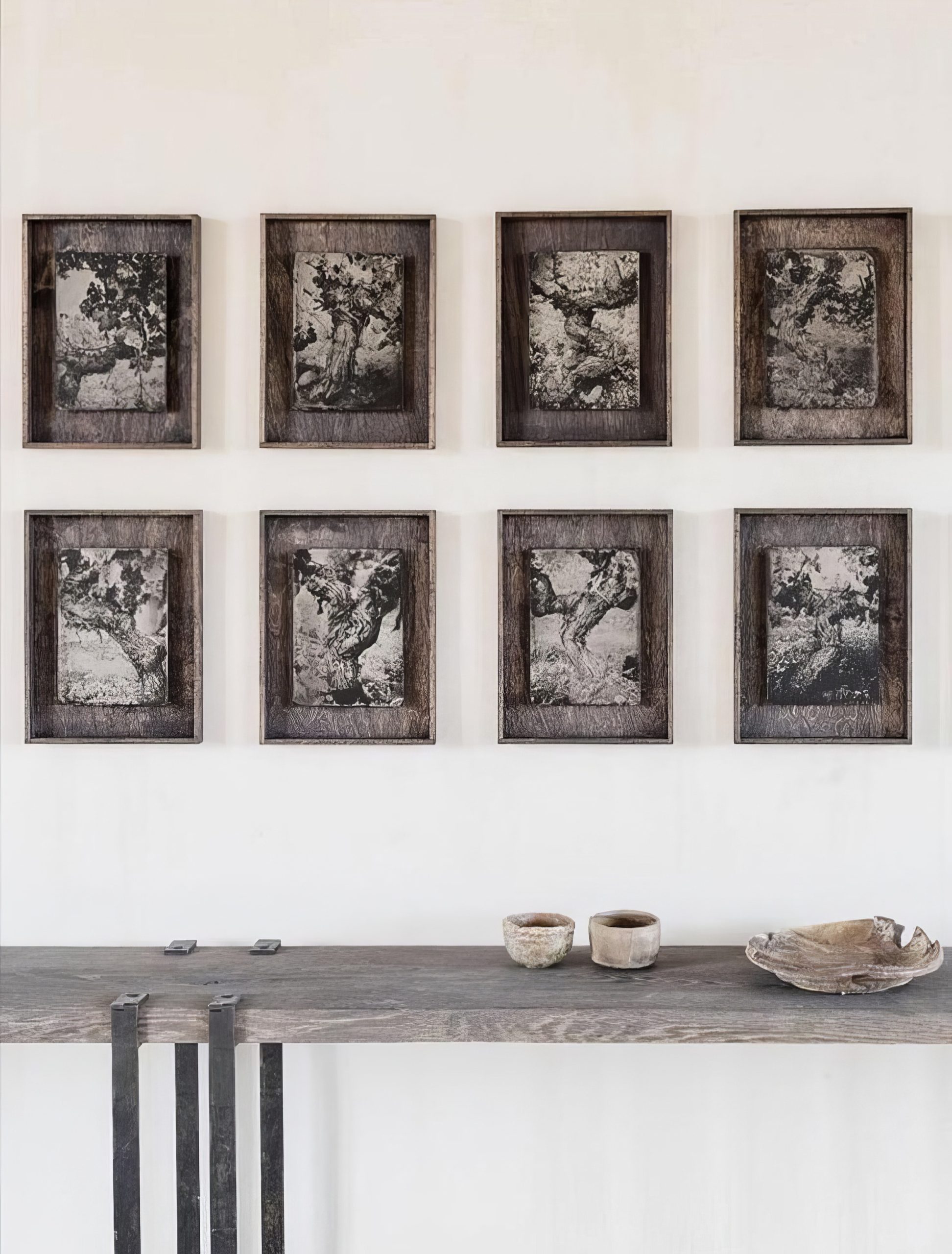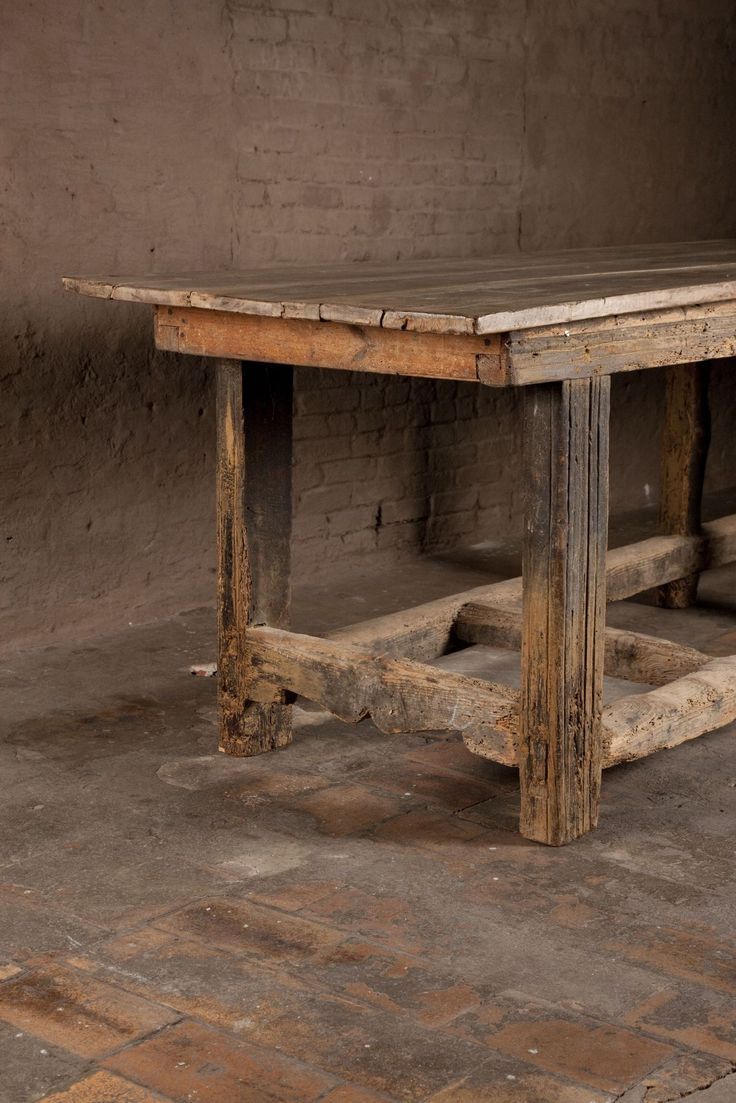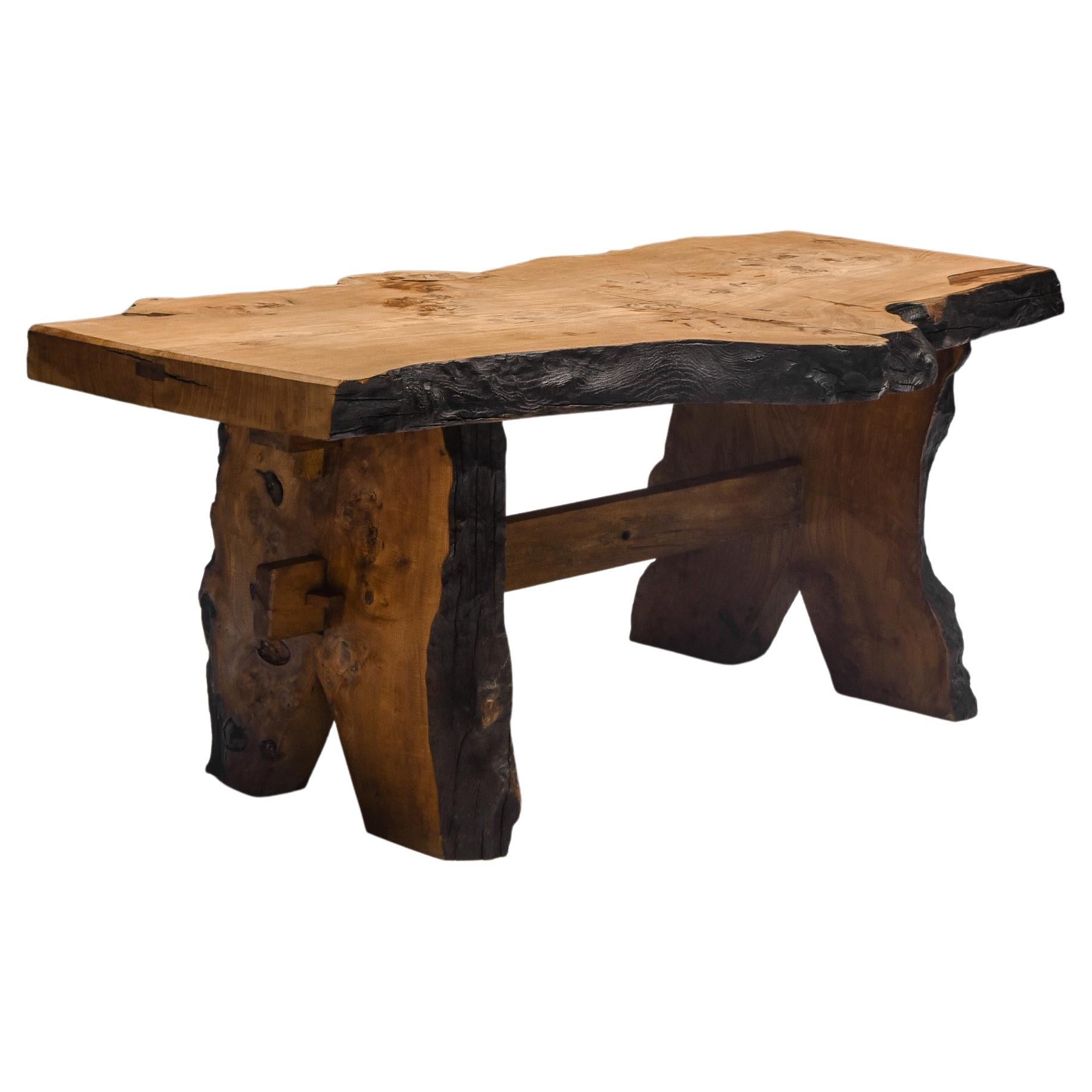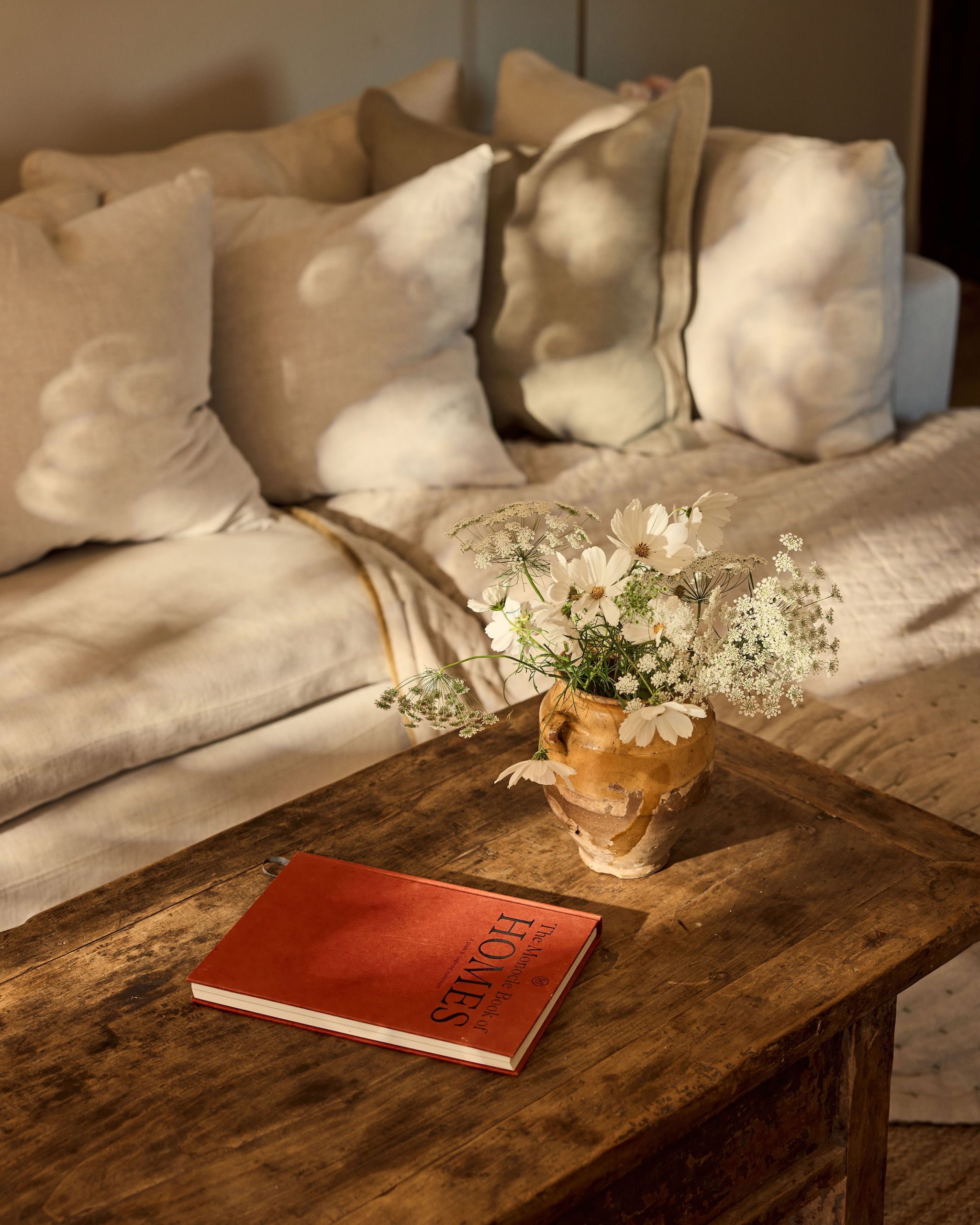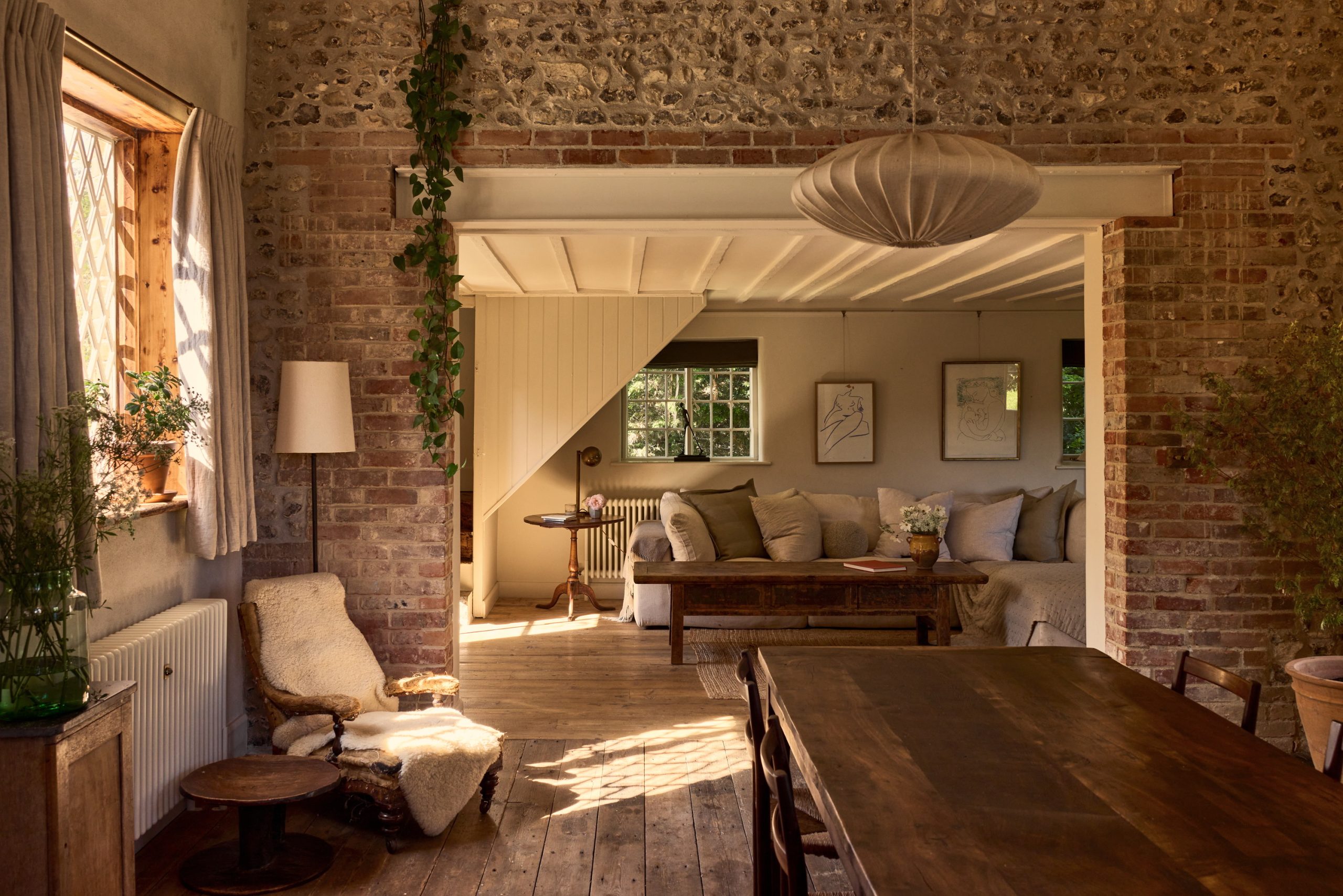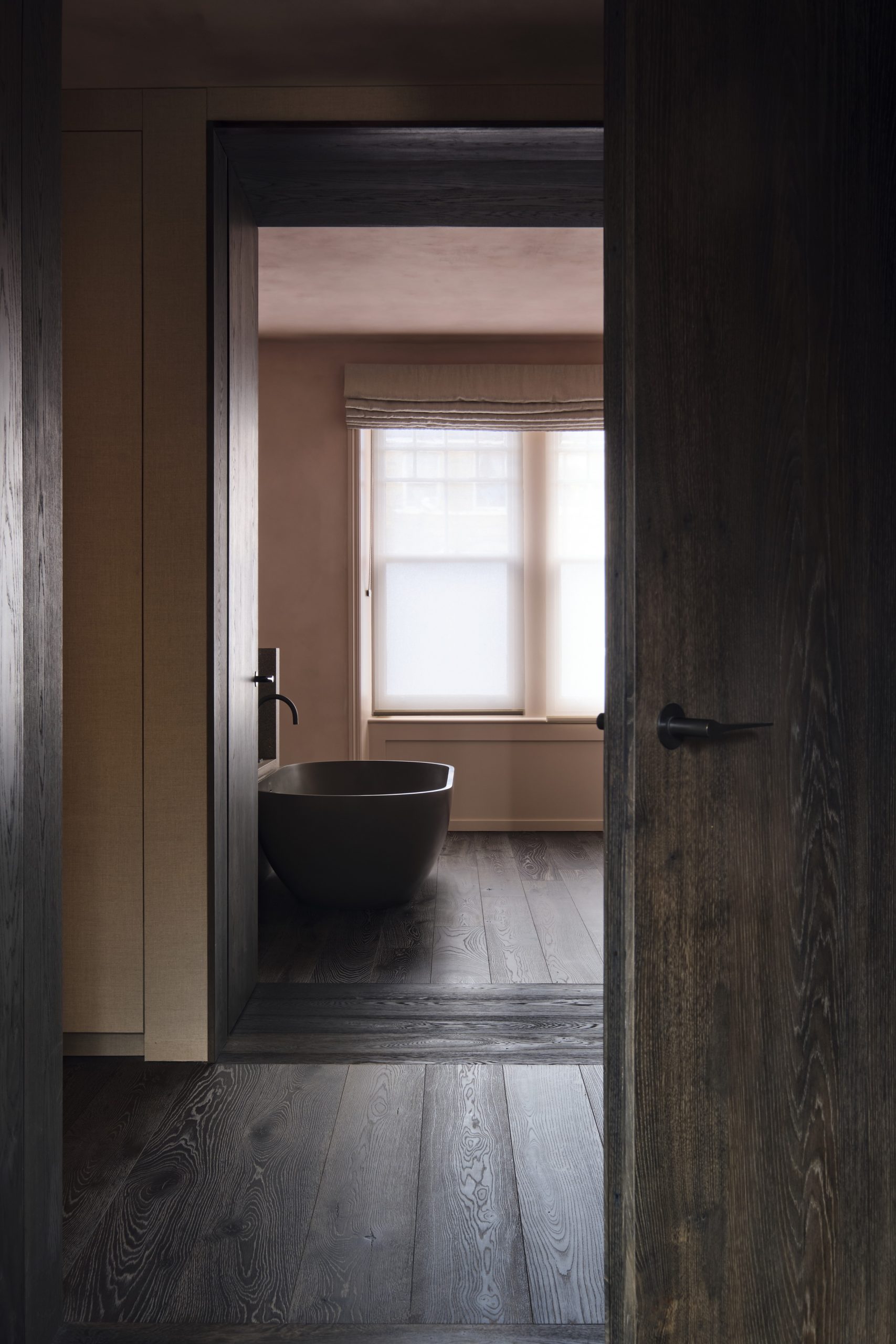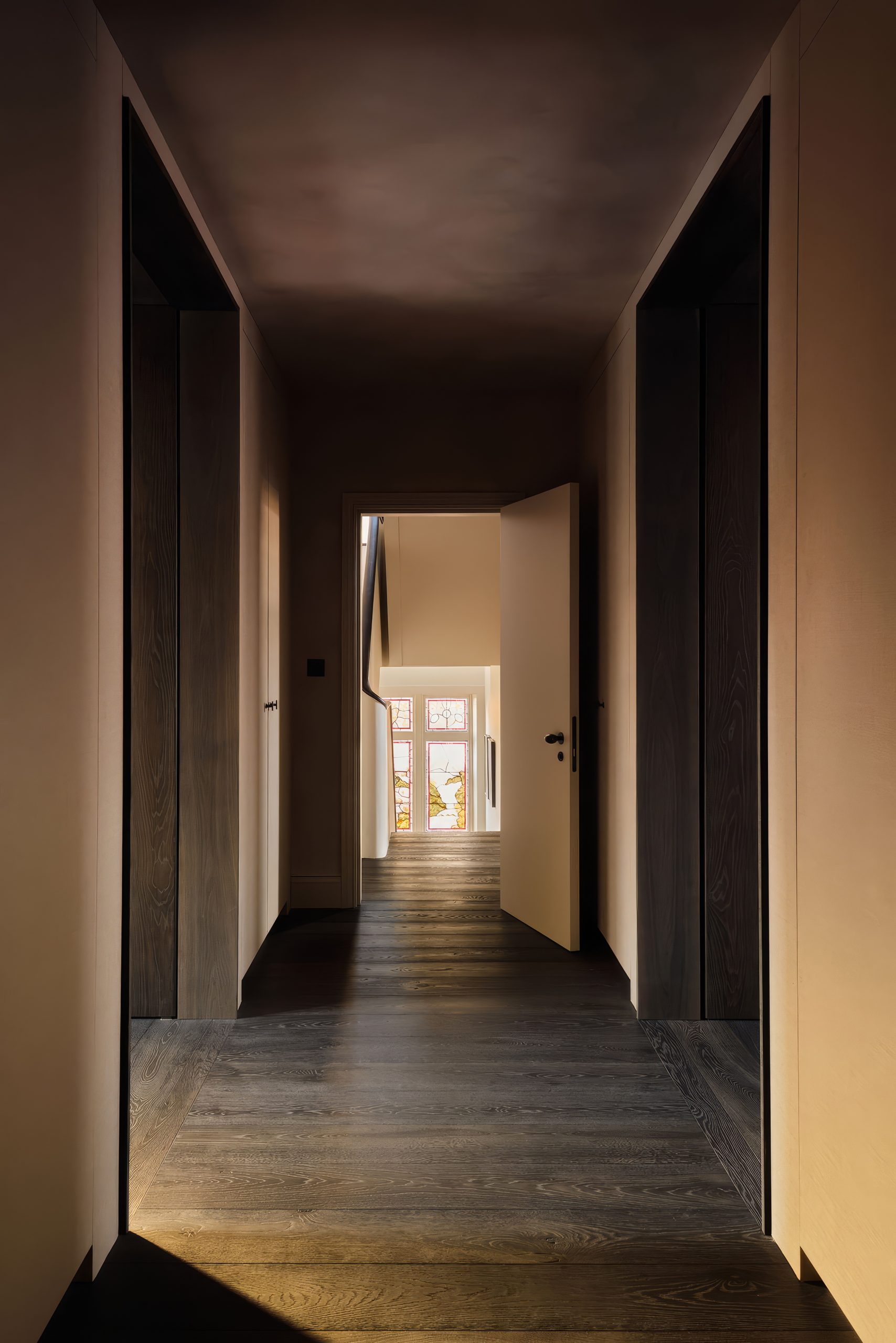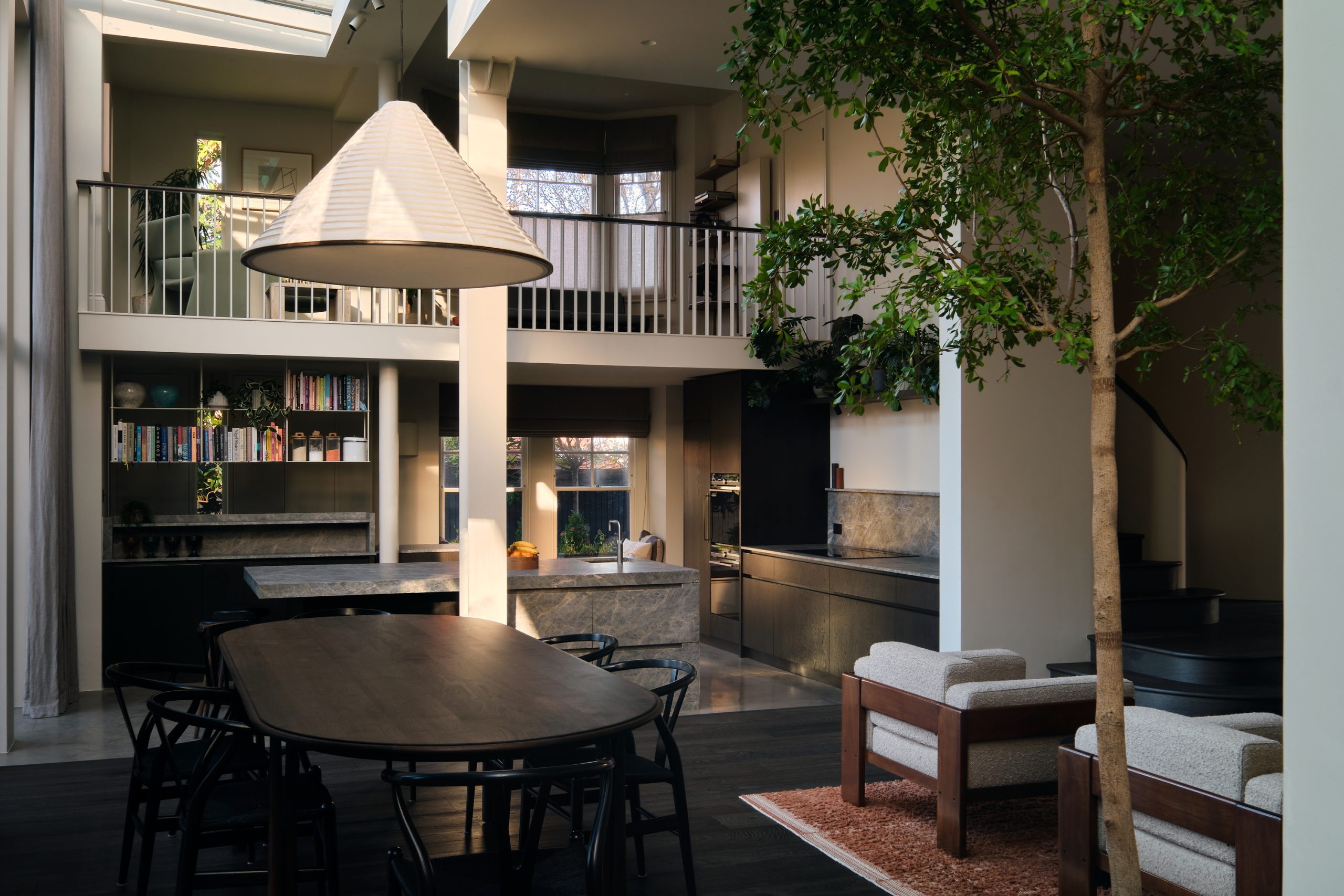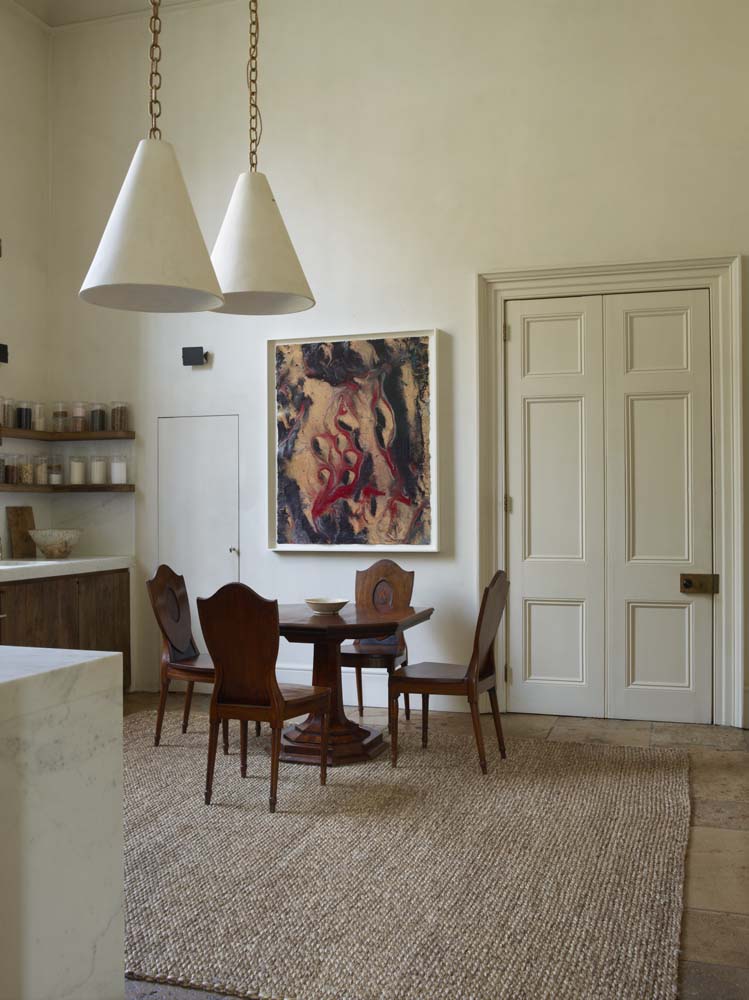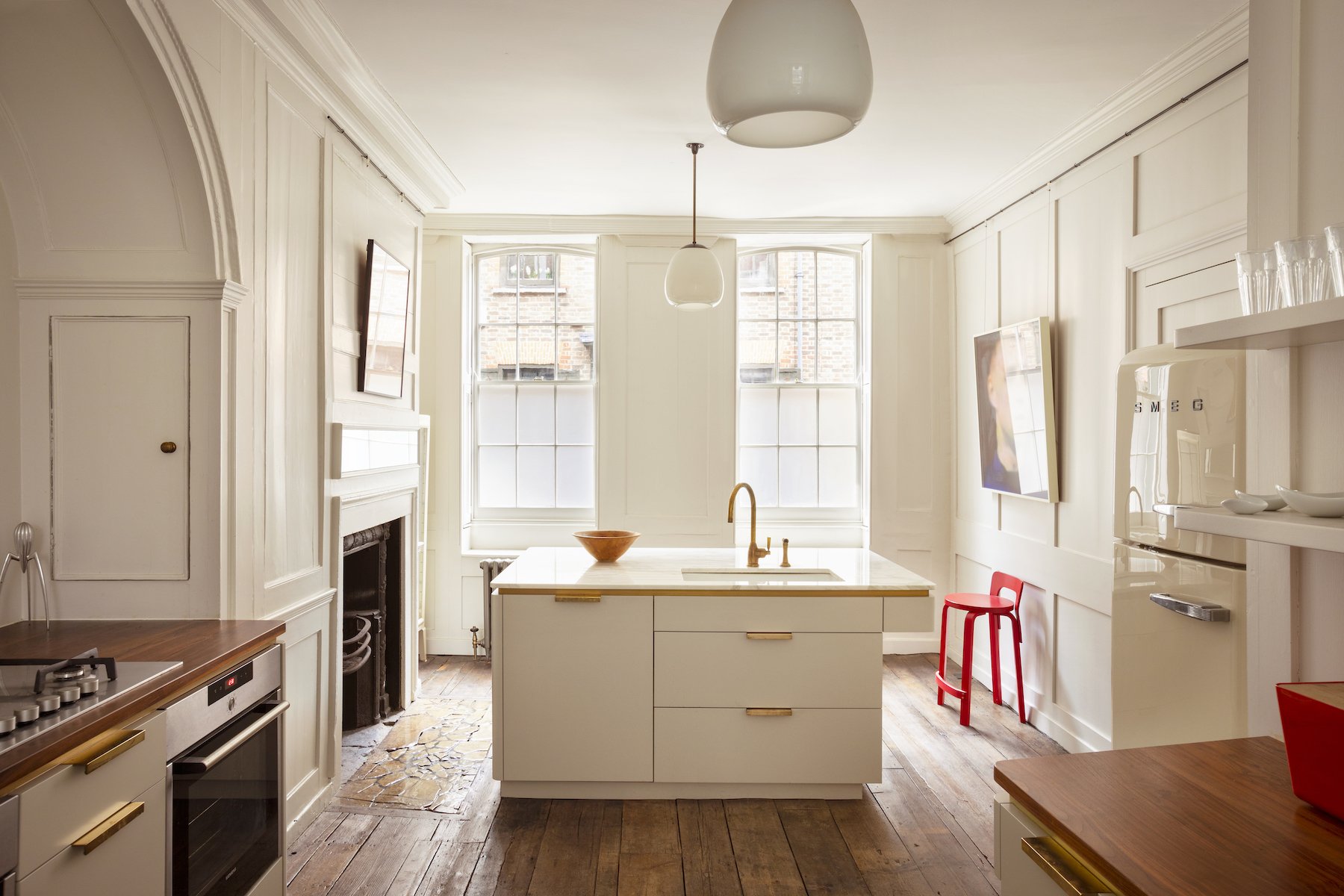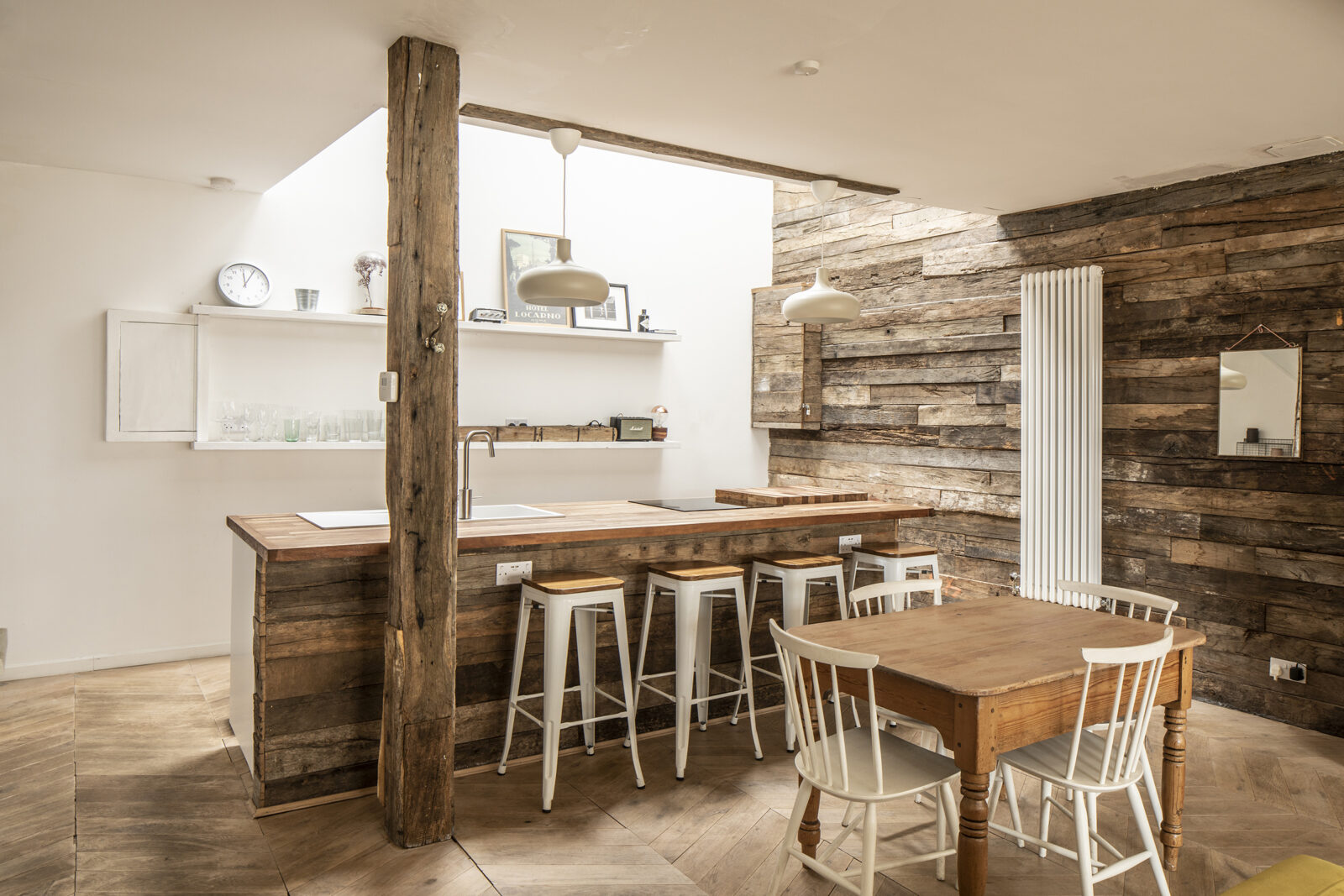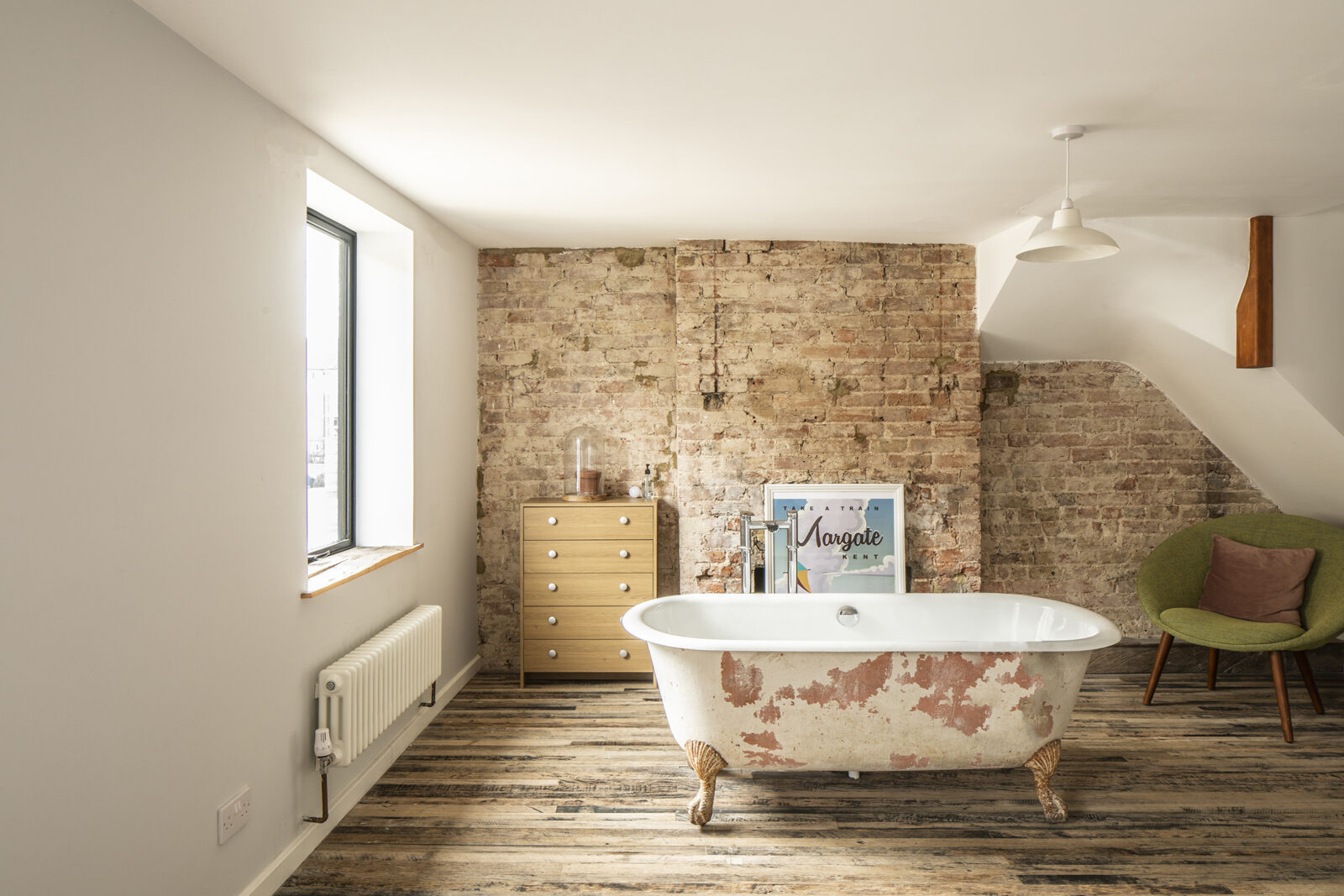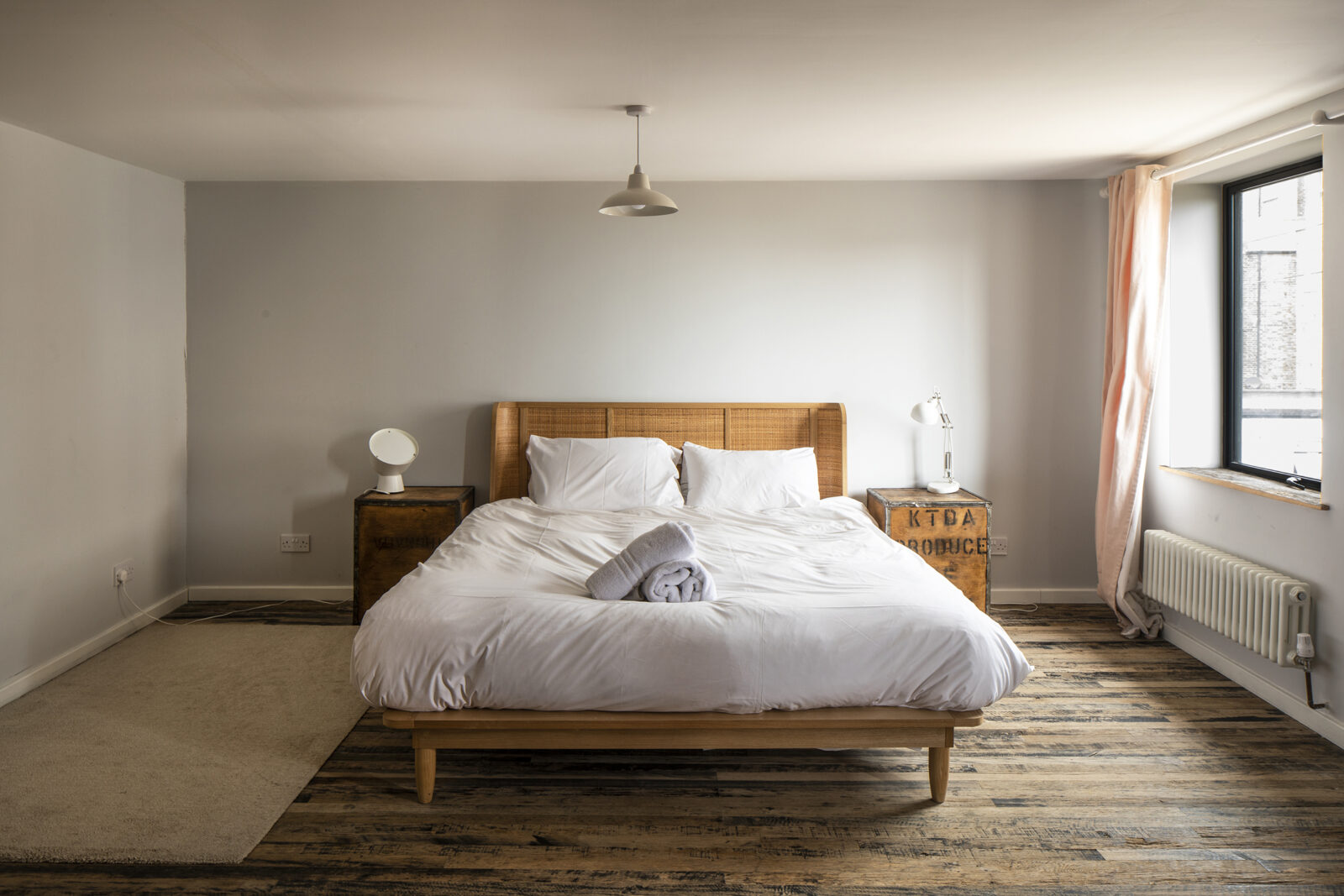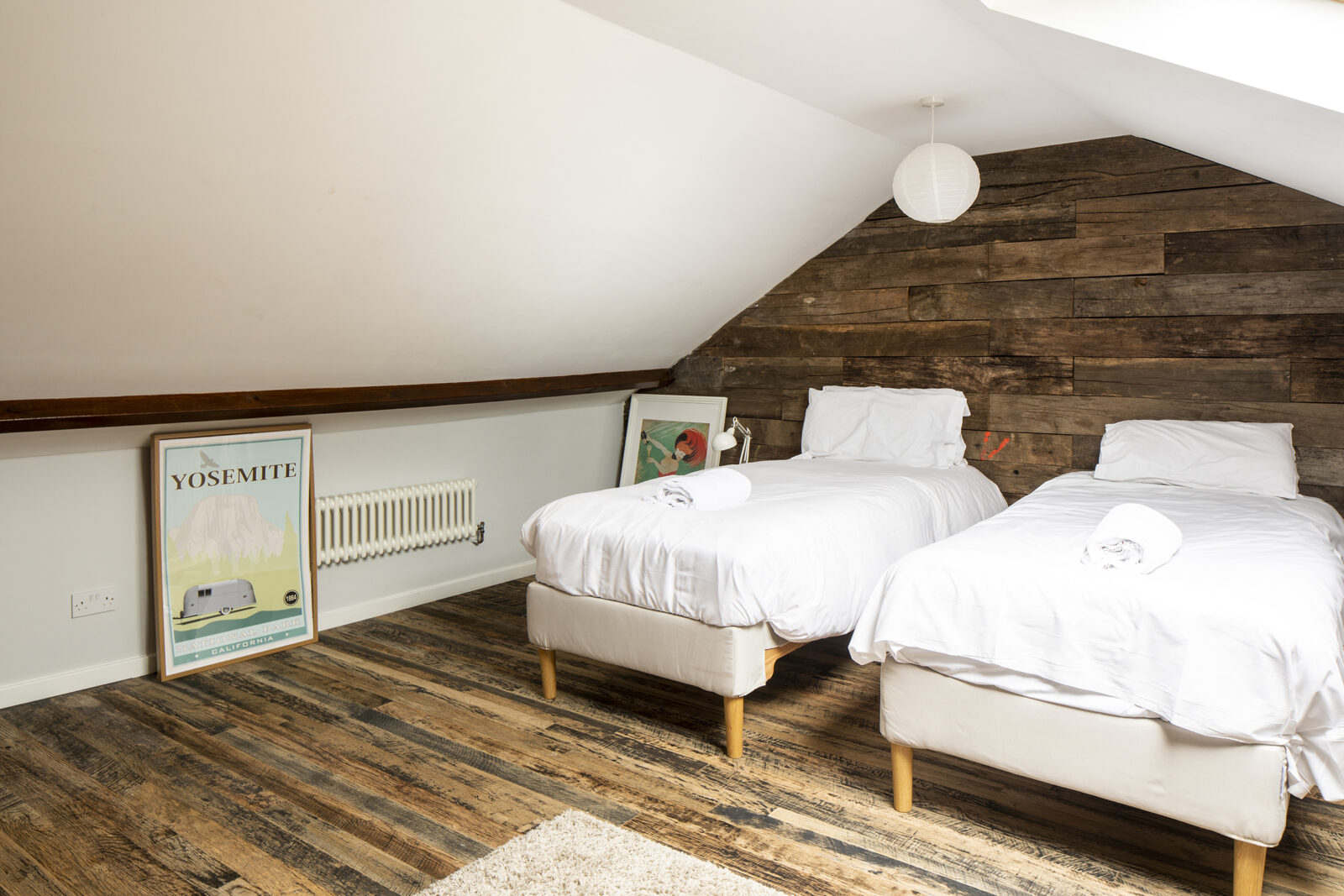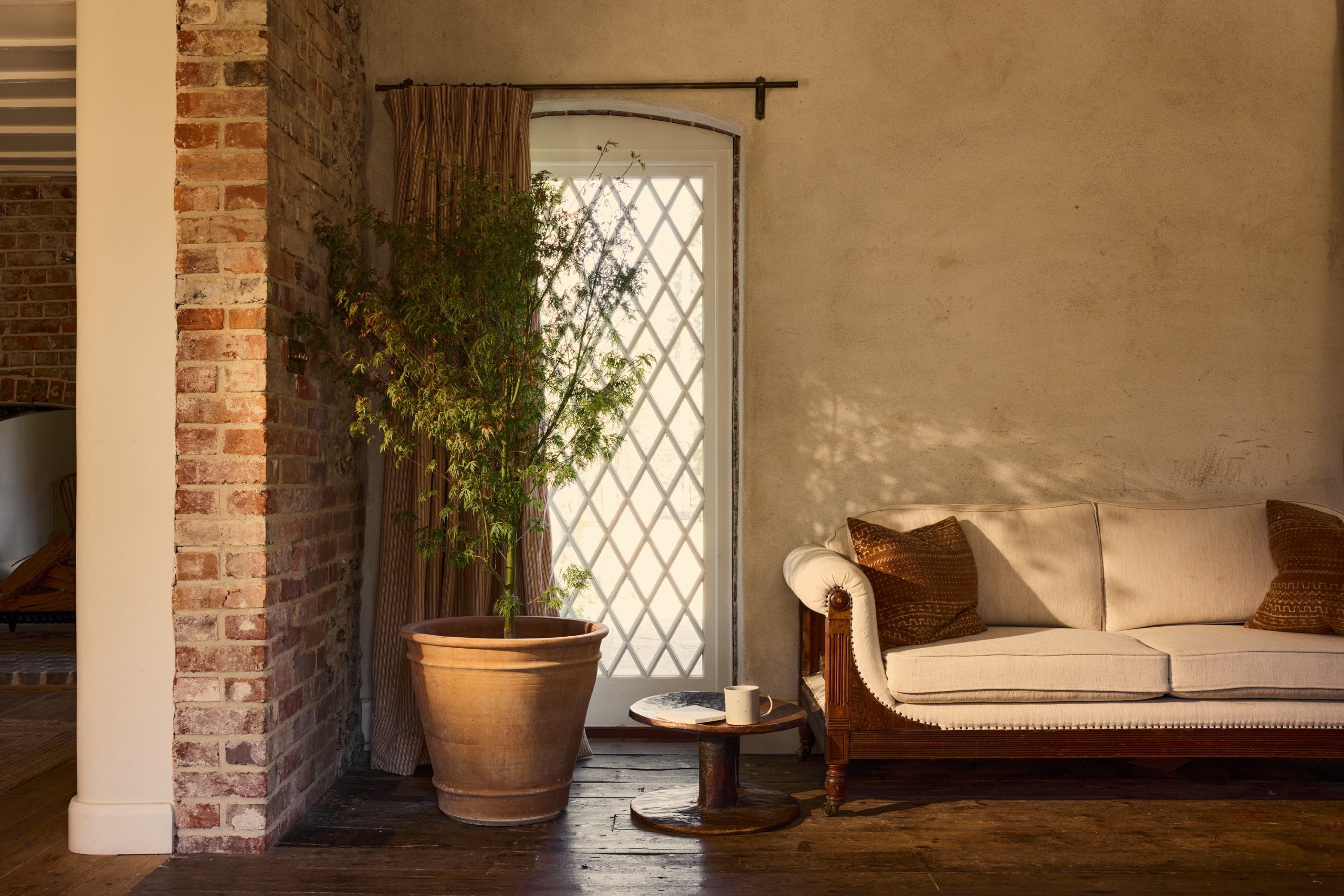
Reclaimed furniture is making its mark in the world of interior design, especially in the context of ephemeral spaces—places that are designed to be temporary, such as pop-up shops, event venues, or short-term rentals.
Brands like Soho Home and Zara Home have begun integrating reclaimed pieces into their collections, reinforcing the growing trend of sustainable, unique furniture.
Their adoption of reclaimed furniture highlights its positive impact and signifies a shift in mainstream interior design towards sustainability and craftsmanship.
Unlike mass-produced items, each reclaimed piece is unique, with its own dimensions and movement, reflecting the care and artistry of its creation.
This move from major brands is a powerful affirmation of the value of craftsmanship, sustainability, and authentic design.
But beyond the surface, a deeper narrative unfolds about why reclaimed furniture is gaining such traction, how it aligns with the growing concept of “quiet luxury,” and where this trend is headed.
The Story Behind Reclaimed Furniture
At its core, reclaimed wood furniture is about breathing new life into old materials.
Whether it’s wood salvaged from deconstructed barns, metal pulled from industrial buildings, or fabrics rescued from discarded items, each piece carries a history.
Unlike new, factory-made furniture, reclaimed items tell a story, often rich with texture and imperfection.
These marks of wear and tear aren’t flaws. They are a testament to the materials’ durability and journey.
Reclaimed furniture allows designers and consumers to engage with the past in a very tangible way.
It transforms discarded materials into something useful and beautiful, tapping into a sense of nostalgia and authenticity that’s hard to replicate with new materials.
For designers like Axel Vervoordt, known for his minimalist, earthy interiors, this aesthetic fits perfectly with his philosophy of “wabi-sabi”—a Japanese concept that celebrates the beauty of imperfection and impermanence.
Reclaimed furniture is not just sustainable. It represents a shift toward valuing movement, soul, character, provenance and craftsmanship.
These pieces are not throw-away items.
They are original and adequately created without shortcuts, embodying a form of conscious capitalism that values longevity and durability. Unlike fast, disposable furniture, which prioritises cost-cutting and quick production, reclaimed pieces focus on long-term value—both for the consumer and the environment. This is the true essence of slow design and slow production.
In the context of ephemeral spaces, reclaimed furniture becomes a powerful adversary.
Reclaimed furniture creates a sense of permanence and grounding.
Why is Reclaimed Furniture on the Rise?
Several factors drive the growing interest in reclaimed furniture, and the reasons extend beyond aesthetics or trends.
Sustainability is one of the most significant drivers.
As awareness of environmental issues like deforestation, landfill waste, and carbon emissions increases, consumers are becoming more mindful of their purchases’ impact on the planet.
Reclaimed furniture offers a solution—by using existing materials, the demand for new resources is reduced, and waste is minimised.
This eco-conscious mindset is becoming more prevalent among younger generations, increasingly prioritising sustainability in their purchasing decisions.
There’s also a growing awareness of the value of craftsmanship.
Reclaimed furniture will always require a high level of skill and artistry that mass-produced items simply can’t mimic.
Most reclaimed pieces are handcrafted, ensuring that no two are exactly alike. This uniqueness adds to their appeal, particularly in a world where mass production has often led to uniformity and sameness.
The individuality of each reclaimed piece is a draw for consumers who want their spaces to reflect their personality and values.
Moreover, reclaiming fits well with the broader cultural shift towards minimalism, slow design, and intentional living.
In a world often overwhelmed by excess, many are drawn to owning fewer but more meaningful items.
Slow design and slow production have become increasingly essential concepts.
Slow design emphasises sustainability, using locally made, often organic, and vegan materials.
This approach aligns perfectly with the ethos of reclaimed furniture—valuing quality, thoughtfulness, and a deep connection to nature.
The Alignment with Quiet Luxury
A new design philosophy has gained momentum recently: quiet luxury.
Unlike traditional luxury, often associated with opulence and bold designs, quiet luxury is about subtlety and timelessness.
It’s about pieces that don’t necessarily demand attention but, upon closer inspection, reveal their quality, craftsmanship, and thoughtfulness.
Reclaimed furniture aligns seamlessly with this concept of quiet luxury.
There’s something inherently luxurious about owning a piece of furniture thoughtfully crafted from materials that have stood the test of time.
The story behind the materials, the craftsmanship involved in transforming them, and the uniqueness of each piece combine to create an experience of luxury beyond surface-level aesthetics.
For designers like Rose Uniacke, who is known for her understated yet sophisticated style, reclaimed furniture perfectly embodies this philosophy. Her interiors often feature reclaimed pieces that add warmth and character without overwhelming the space.
Each reclaimed piece has its dimensions, movement, and history.
These characteristics make every piece non-replicable, embodying the individuality that mass-produced items cannot achieve.
The craftsmanship evident in every joint, curve, and imperfection shows respect for the original materials—the tree’s soul.
Natural patterns, grains, and even wood movement are honoured and preserved, creating furniture that speaks of authenticity and lasting beauty.
Bespoke Joinery and Reclaimed Furniture
As reclaimed furniture continues to gain popularity, there is also a growing demand for bespoke solutions.
Bespoke joinery—custom-made woodwork designed specifically for a space—allows clients to have pieces tailored to their specifications.
When paired with reclaimed materials, the result is furniture that is not only sustainable but also ideally suited to the client’s needs and aesthetic preferences.
Each bespoke piece can be designed considering a space’s specific dimensions and characteristics, ensuring a perfect fit both functionally and aesthetically.
Moreover, bespoke solutions allow even greater creativity when working with reclaimed materials.
For example, wood with irregular grains or textures can be incorporated into a design to highlight its uniqueness and enhance the piece’s overall look.
Combining bespoke craftsmanship and reclaimed materials is the ultimate expression of sophistication and sustainability for clients seeking quiet luxury.
It reflects a commitment to quality and individuality and ensures that the furniture will stand the test of time, both in terms of durability and style.
The Future of Reclaimed Furniture
Looking ahead, reclaimed furniture will continue to play a major role in the design of timeless spaces.
As more brands and designers embrace sustainability, the demand for eco-friendly and stylish furniture will only increase.
Reclaimed materials offer a solution that is not only sustainable but also rich in character, making them ideal for spaces that seek to create a lasting impression, even if they are only temporary.
We can also expect to see more innovation in using reclaimed materials.
Designers are constantly finding new ways to repurpose materials that might have previously been considered waste, strengthening the ideas behind the circular economy.
The possibilities are endless.
This creativity ensures that reclaimed furniture remains fresh and exciting, even as the trend becomes more widespread.
Conclusion
Reclaimed furniture is more than just a trend.
It’s a movement towards sustainability, craftsmanship, and quiet luxury.
It provides a sense of grounding and permanence while offering a sustainable and ethical alternative to mass-produced furniture.
As the design world continues to evolve, reclaimed materials will play an increasingly important role, shaping the future of interior design in beautiful and responsible ways.
References:
- H&M Group. (2024). Materials. H&M Group. hmgroup.com
- Soho Home. Soho Home: Interiors Collection. Soho Home. Sohohome.com
- The Reclaimed Flooring Company. (2022, October 28). Natural materials and antique wood flooring. The Reclaimed Flooring Company. reclaimedflooringco.com
- Rose Uniacke. (n.d.). RU editions. Rose Uniacke. roseuniacke.com
- The Reclaimed Flooring Company. (2019, September 2). The 6 principles of slow design. Retrieved October 9, 2024, from reclaimedflooringco.com
- The Reclaimed Flooring Company. (2019, March 27). Slow living & slow design: Simplifying our lives and reclaiming our time. Retrieved October 9, 2024, from reclaimedflooringco.com

